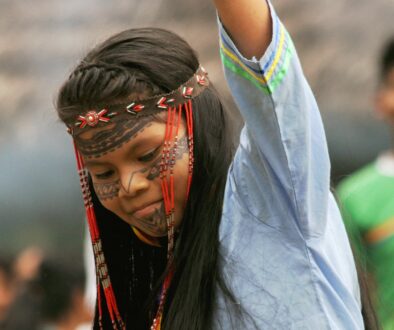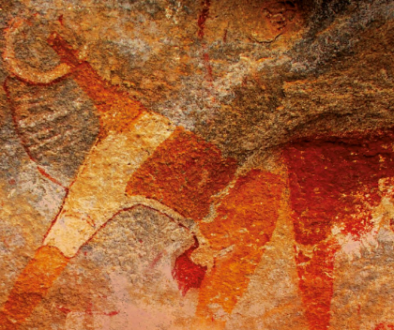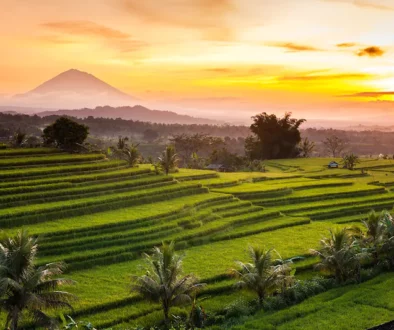Sacred Trees, Mystic Caves, Holy Wells: Devotional Titles in Spanish Rural Sanctuaries
Jaime Tatay2021
This paper explores how local, lived religion has creatively linked spiritual insights and popular devotions in ecologically valuable settings helping generate and preserve the rich Spanish biocultural heritage. Focusing on a selection of Sacred Natural Sites (SNS), mostly Marian sanctuaries, it shows that local “geopiety” and religious creativity have generated “devotional titles” related to vegetation types, geomorphological features, water, and celestial bodies. It also argues that, despite mass migration to urban centers, the questioning of “popular religion” after the Second Vatican Council, and the rapid secularization of Spanish society over the past fifty years, a set of distinctive rituals and public expressions of faith—some of them dating back to the Middle Ages—have remained alive or even thrived in certain rural sanctuaries. These vernacular devotions, however, do not necessarily announce the advent of the postsecular. Finally, it suggests that Protected Area (PA) managers, regional governments, custodians, anthropologists, tourism scholars, and theologians should work together in order to analyze, interpret, and help solve the management challenges highly popular SNS face.
Reference
Tatay, Jaime. 2021. “Sacred Trees, Mystic Caves, Holy Wells: Devotional Titles in Spanish Rural Sanctuaries” Religions 12, no. 3: 183. https://doi.org/10.3390/rel12030183




